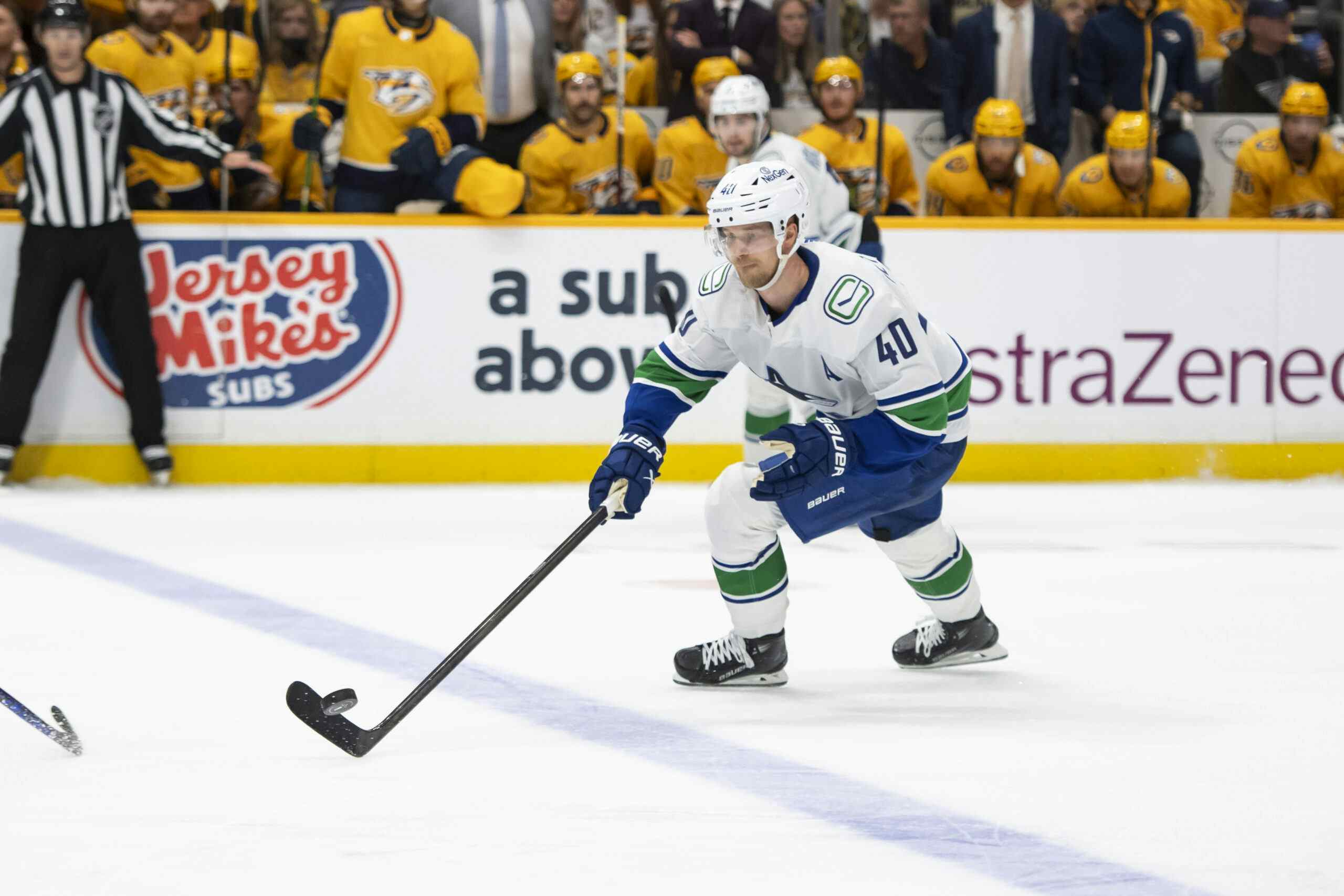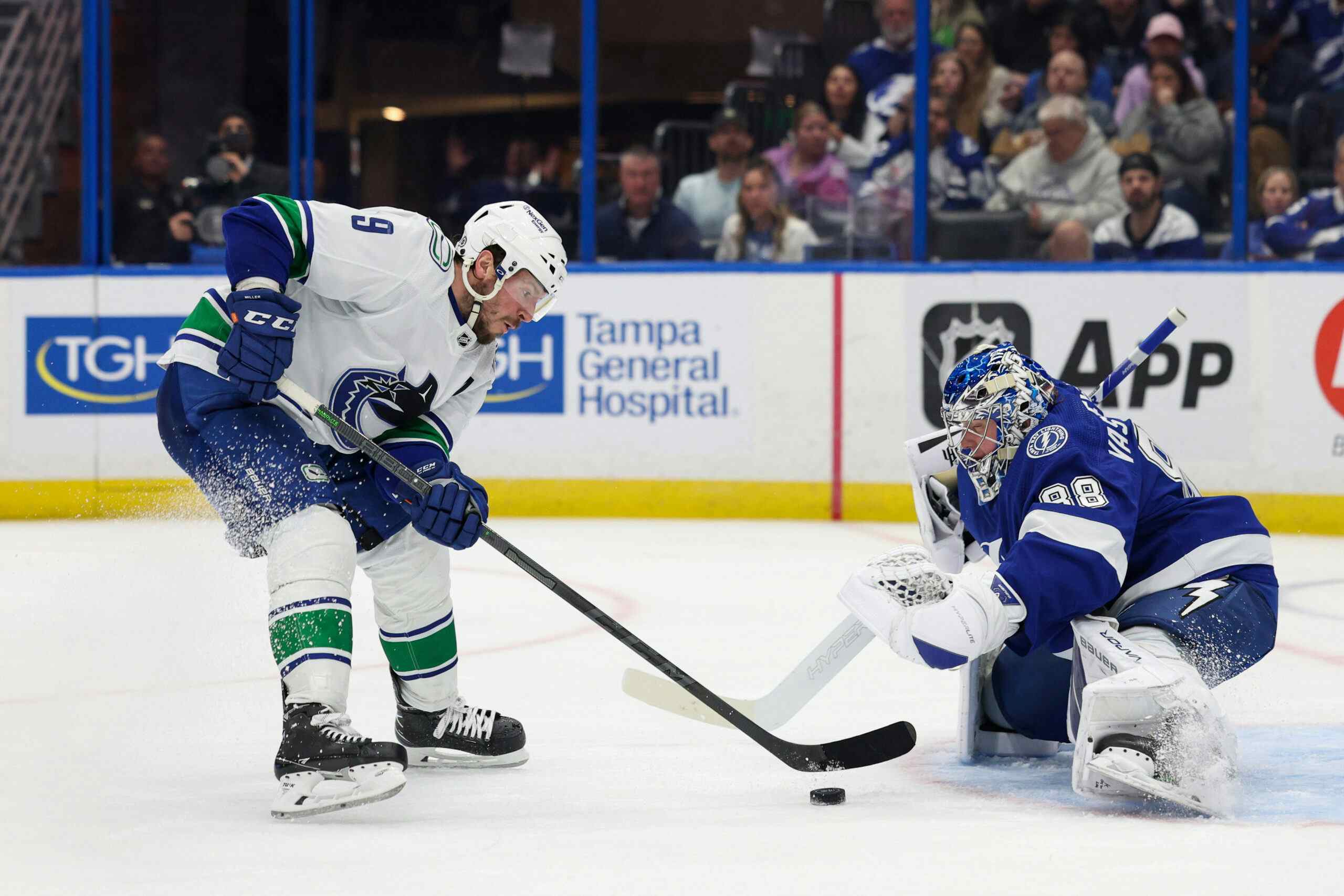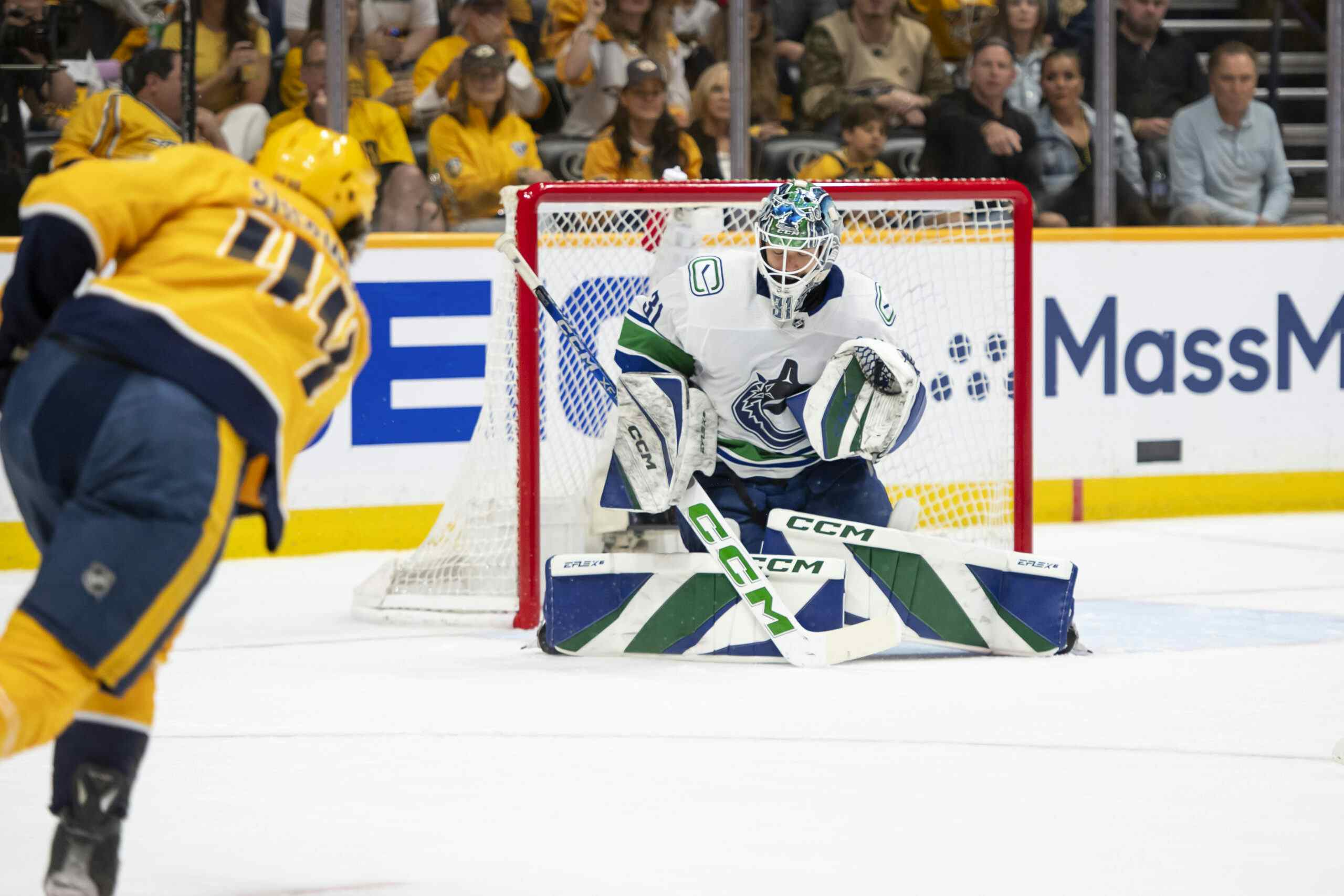Canucks Army Player Previews: Alex Edler
By Rhys Jessop
9 years agoIf there’s one common theme that you’ll notice through this series, it’s that a lot of them will sound very similar: Player X was good in previous years. Player X had an awful season in 2013-14. Player X should rebound now that he’s free of the binding shackles of John Tortorella’s Meatwagon Brand Hockey, and so on and so forth. However, for no player is this refrain more true than it is for Alex Edler.
You’re a Canucks fan and you watched the games just like I did last year, so you know what I’m talking about here. With countless turnovers, blown coverages, missed shots, offensive futility, a suspension, and injury issues, Edler’s 2013-2014 campaign was truly the pinnacle of suck for not just Alex Edler, but for basically every notable player in the NHL. Edler’s struggles coupled with what had to have been some kind of black-magic voodoo curse wound up hanging the defenseman with an impossibly bad -39 rating on the year.
The good news is that it’s almost impossible to be that bad two years in a row.
2013-2014 Performance


Oh man.

Every year, there’s a that guy in the NHL. Some guy just fires away, plays well enough, and just gets no puck luck. But there’s never a that guy who plays 1000 minutes at 5-on-5 and sees his teammates shoot under 4% when he’s on the ice. The BehindTheNet era began in 2007-2008, and not a single player has ever played 1000 minutes at 5-on-5 and had an on-ice shooting percentage under 4%. No one. The closest anyone of any significance got to 4% was Scott Gomez in 2010-2011, when he and his teammates combined to shoot at a 4.5% clip in 1,124 minutes of ice time. But under 4% just doesn’t happen.
Last year, in 1,066 minutes of ice time at even strength, Alex Edler carried an on-ice shooting percentage of 3.63%.
I can’t emphasize this point enough: what happened to Alex Edler in the offensive end of the ice last season is entirely unprecedented. In the six years prior to 2013-14, Edler saw an above average 8% of the shots taken by the Canucks go in the back of his opponents’ net. On-ice shooting percentage is a damn near impossible thing to pin on talent level or coaching systems anyways, but 3.63% just doesn’t happen to anyone anywhere under any circumstances. 3.63% is so extreme that it can’t be on Edler. It can’t be on Tortorella either, and it can’t be on Edler’s teammates. The only reasonable explanation as to why no goals went in for Edler is that there is no reasonable explanation. Alex Edler flipped a coin and got tails 50 times in a row. It happens. It sucks, but it happens.
Edler’s GoalsFor/20 rate should improve this year because it would be nearly impossible not to improve, and that alone will basically erase that ugly -39 he carried last season. And on top of that, Edler remains a good possession player that evolved into a top-end penalty killer last season as well. His underlying numbers indicate that Edler is still a very, very good top-4 NHL defenseman, and his career prior to last year tells us that he still has plus-level offensive upside. He’s going to be fine.
2014-2015 Outlook
Nobody cares about Corsi just for the purposes of caring about who has the puck more. We care about Corsi because we’re interested in winning hockey games. The best teams in the NHL are the ones that, on average, outscore their opponents by the largest margins, and CorsiFor% tends to have a closer relationship with future GoalsFor% than past GoalsFor% does.
This is just a roundabout way of saying that even if Alex Edler were to fall off a possession cliff this upcoming year and be a legitimately terrible defenceman instead of just a superficially terrible one, it would likely be an improvement over 2013-14 in terms of raw output. Short of literally playing for the other team most nights, there is virtually nothing Alex Edler can do to continue to produce such poor results at 5v5.
Despite the perception that comes with a number like -39, and the turnovers and defensive gaffes and poor decisions on offense that surely contributed in part to it, the fact remains that the ways in which Edler was bad don’t tend to persist long-term. Passes stop bouncing as much, sticks stop breaking as much, bad reads stop being made as much, and so on. His teammates still tended to out-shoot and out-possess the opposition at a higher rate with him than without him, and he still tended to control the majority of shots when he was on the ice. The occasional brain cramp can be forgiven and forgotten when a player is, on the whole, providing a net benefit like Alex Edler usually does.
There’s a rule of thumb, credited to the now gainfully employed by an NHL team Eric Tulsky, that increasing your goal differential by 6 goals is equal to one win in the standings. If Alex Edler’s PDO regression alone takes him to a very bad -15 from a cataclysmic -39, that’s equal to roughly 4 wins, or 8 points, or enough to tie the Dallas Stars for the last playoff spot last year. If we assume that Alex Edler is still a good defenseman, like his possession numbers indicate, then his PDO regression alone could be enough to make Vancouver a playoff team in 2014-2015.
Alex Edler reached rock bottom last season. This year, he can only get better.
Recent articles from Rhys Jessop





